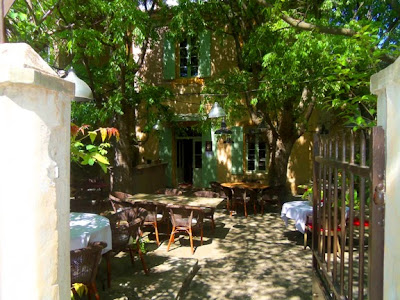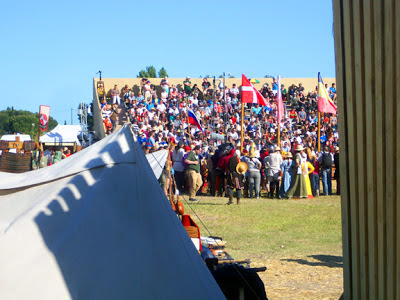(click for large image)
The Camargue is considered the "wild" place of France. It is the area of the Rhone River delta. It is a flat area created by the millions of years of sediment deposition from the Rhone. It is also perhaps the most interesting area of France. It is rich in medieval tradition. Two crusades departed from its fortified town. Ancient tradition says that the Saint Marys (Mary Magdalene and Mary the Mother of Jesus) landed there after being blown off course en route to Ephesus. The history is rich. They raise the Camargue horse (a white war breed that is now ubiquitous in dude riding places all over the Camargue) and the black Camargue fighting bull with the upswept horns. They grow a decent rose wine in the sediment sands -- "Vin Sablons". All of the saulniers or salt making places are there, and the Carmargue Fleur de Sel is world famous. Rice is grown in the flooded paddies created by the pump stations and the irrigation canals some of which were dug in the 1500's.
The Camargue Museum is a mostly outdoor museum currently undergoing renovation. One can see over the flat fields by going on the Noah's Ark lookout. The most ironic thing about it, is that it was designed by a Japanese, not French architect.





























